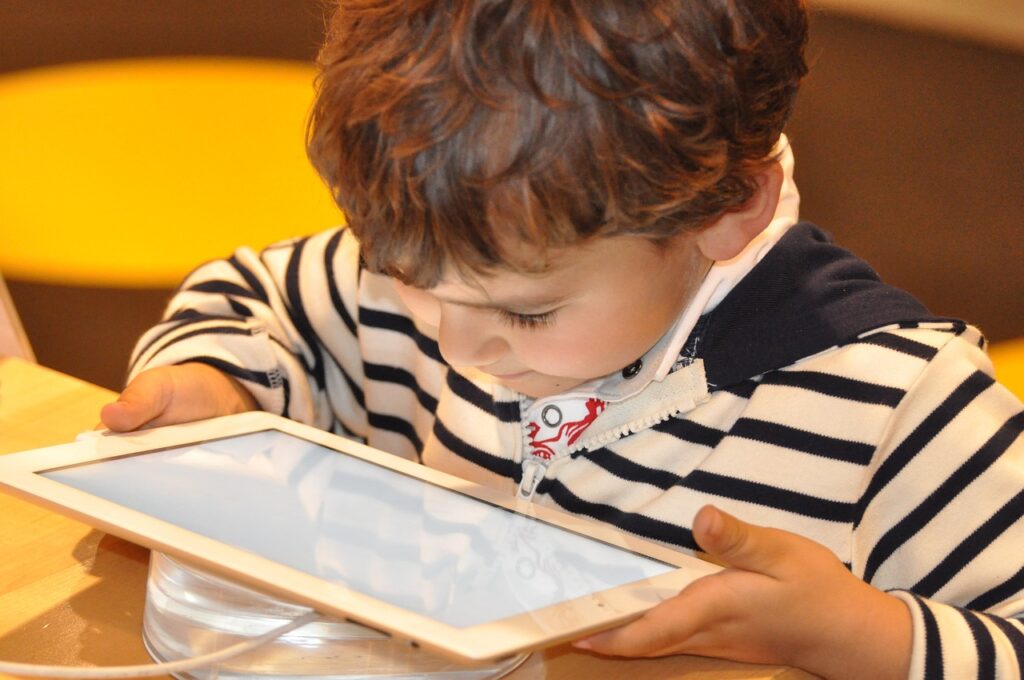In today’s world, where technology increasingly integrates into our homes, home automation has emerged as an essential tool for ensuring child safety. Technological innovations not only simplify daily life but also offer effective solutions for protecting the youngest members of the household. With the rise of smart homes, parents can implement devices and strategies that provide an additional layer of peace of mind and security.
Smart Security Cameras
One of the most popular devices in child safety automation is the smart security camera. These cameras allow parents to monitor their children in real-time from anywhere using a smartphone or tablet. Many of these cameras are equipped with artificial intelligence (AI) that detects unusual movements or sounds, sending instant alerts to parents. This innovative technology not only provides constant surveillance but also acts as a crucial deterrent for potential intruders.
Door and Window Sensors
Door and window sensors are another key component in child safety automation. These sensors detect unauthorized openings, triggering an alarm or sending a notification to a parent’s mobile device. This feature is particularly useful in homes with young children who might open doors or windows without supervision. By installing these sensors, parents can be assured they will be alerted immediately if a child tries to leave the house without permission.
AI Baby Monitors
AI-powered baby monitors have gained popularity in homes with children. Unlike traditional monitors, these smart devices offer more than just video and audio transmission. AI baby monitors can track sleep patterns, detect specific sounds like crying, and alert parents to changes in room temperature. Some models even provide practical tips to improve a baby’s sleep habits, which is invaluable for new parents. This technology ensures the baby is safe while sleeping and provides parents with the reassurance they need to rest.
Parental Control Features
Parental control is another fundamental feature that home automation offers for child safety. With parental control devices, parents can restrict access to certain areas of the house, limit the use of electronic devices, and monitor online activities. This level of supervision is especially important in the digital age, where children have access to a vast amount of content online. Parental control systems allow parents to create a safe and protected environment where children can explore and learn without unnecessary risks.
Smart Outdoor Lighting
Home automation also enhances child safety outdoors. Smart lighting systems are a perfect example of how technology can improve safety in outdoor spaces. These systems allow parents to program lights to turn on automatically at dusk or when motion is detected. This not only deters potential intruders but also illuminates areas where children might be playing, reducing the risk of accidents. Additionally, smart lights can be controlled remotely, so parents can ensure the exterior of the home is well-lit even when they are away.
Smart Locks
Smart locks are another innovation revolutionizing child safety. These locks allow parents to control access to the home through their mobile phones, eliminating the need for physical keys that can be lost or stolen. Smart locks also enable parents to receive notifications when doors are opened, which is especially useful for monitoring when children enter or exit the home. Some smart locks can even be programmed to automatically lock after a certain period, ensuring the house remains secure.
Voice Assistants
Integrating voice assistants as part of a home automation system can also contribute to child safety. These assistants enable children to ask questions, turn devices on and off, and request help in emergencies, all without needing a physical device. By integrating voice assistants with other smart devices, parents can set up routines that ensure lights turn off, doors lock, and cameras activate at specific times. This automation provides an additional level of reassurance and safety for the entire family.
Practical Tips for Improving Child Safety with Home Automation
- Choose Compatible Devices: Ensure that the devices you select integrate seamlessly with your existing smart home ecosystem.
- Learn Device Functionality: Take the time to understand how each device works and adjust settings to fit your family’s specific needs. For instance, configuring custom alerts or adjusting sensor sensitivity can significantly impact the effectiveness of the safety system.
- Prioritize Privacy and Data Security: Since many of these devices are connected to the internet, it’s crucial to protect your network with strong passwords and encryption. Regularly update software and change passwords to maintain system integrity.
Home automation provides a comprehensive approach to enhancing child safety, offering both advanced technology and practical solutions for protecting your family. By implementing these smart devices and strategies, you can create a safer and more secure environment for your children.


